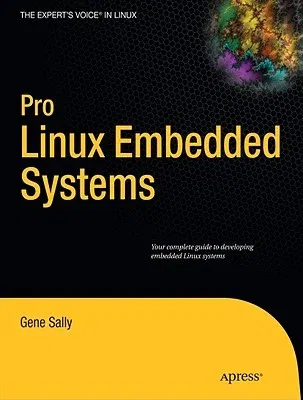Gene Sally
(Author)Pro Linux Embedded SystemsPaperback, 28 December 2009

Qty
1
Turbo
Ships in 2 - 3 days
In Stock
Free Delivery
Cash on Delivery
15 Days
Free Returns
Secure Checkout
Part of Series
Expert's Voice in Linux
Part of Series
Books for Professionals by Professionals
Print Length
550 pages
Language
English
Publisher
Apress
Date Published
28 Dec 2009
ISBN-10
1430272279
ISBN-13
9781430272274
Description
Product Details
Author:
Book Format:
Paperback
Country of Origin:
NL
Date Published:
28 December 2009
Dimensions:
23.11 x
19.05 x
2.54 cm
ISBN-10:
1430272279
ISBN-13:
9781430272274
Language:
English
Location:
Berkeley, CA
Pages:
550
Publisher:
Weight:
793.79 gm

